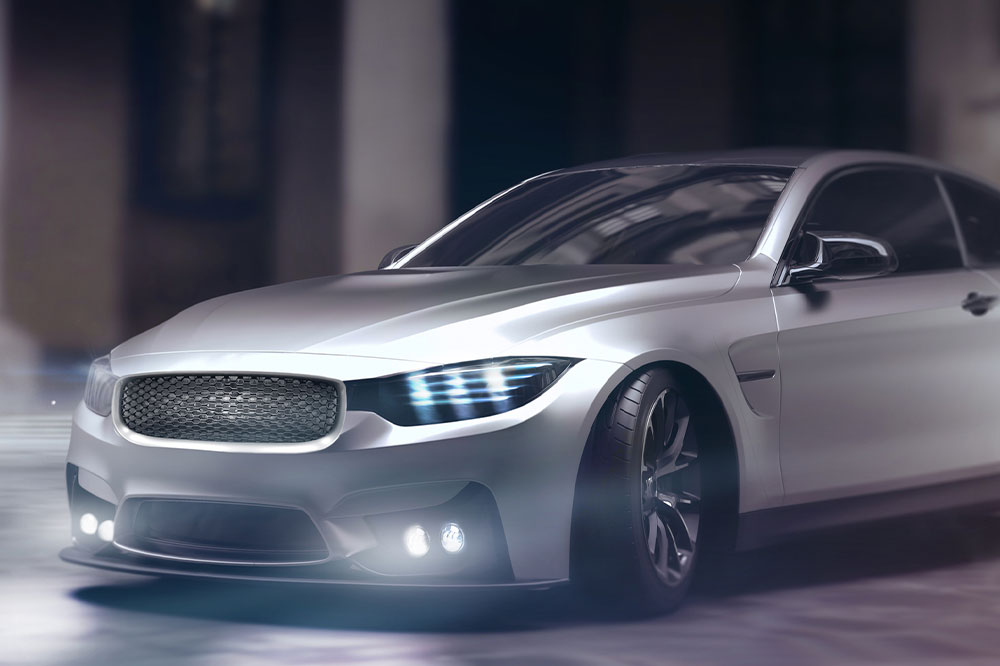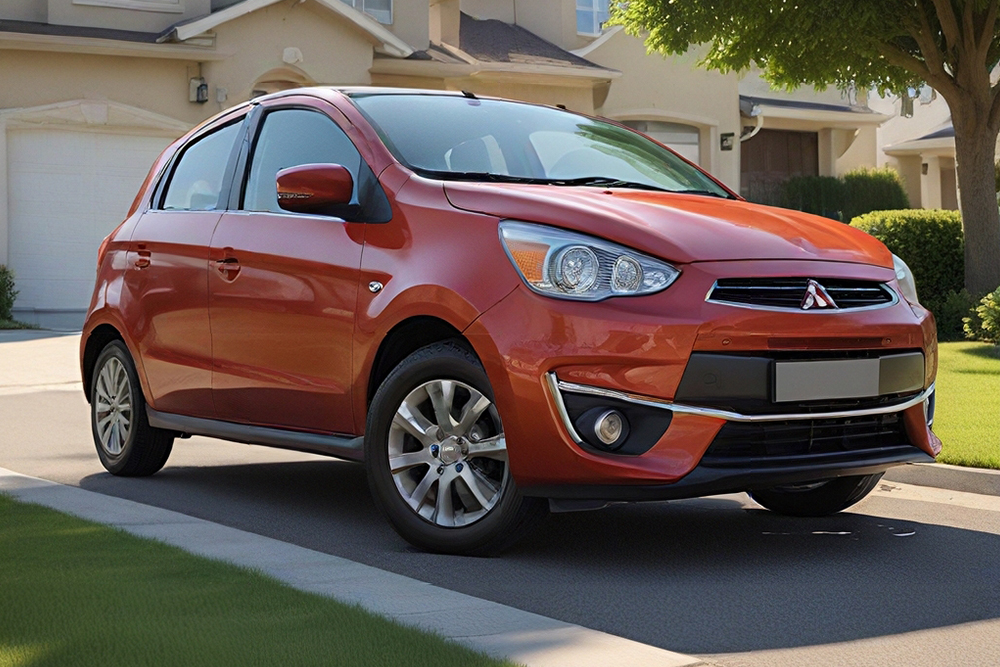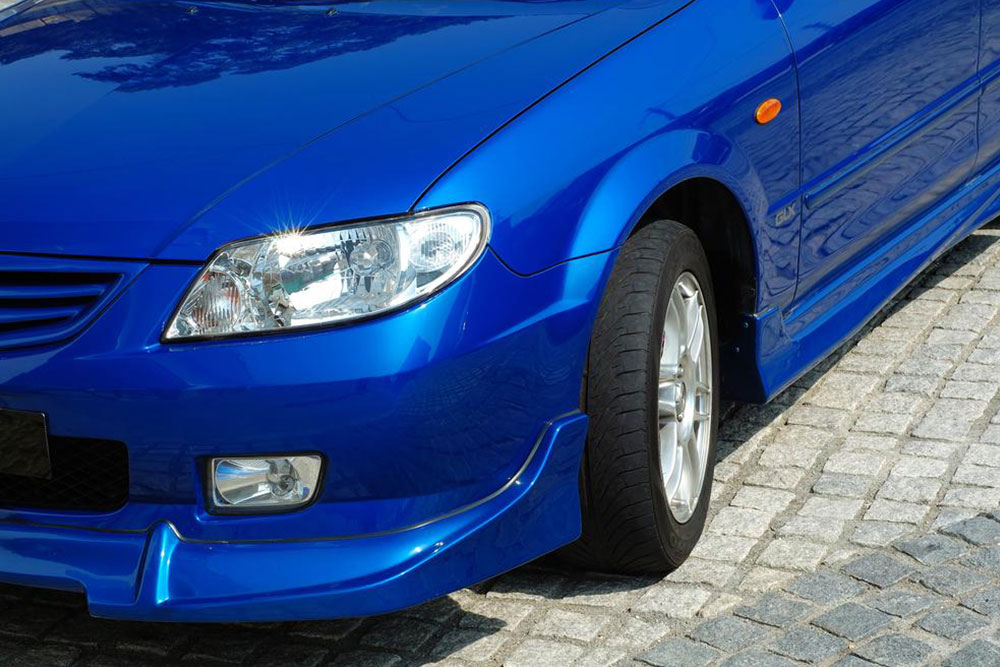Comprehensive History and Major Milestones of the Chevrolet Cavalier
The Chevrolet Cavalier, launched in 1981, is an iconic compact sedan celebrated for its affordability, reliability, and evolution through three generations. From early hatchbacks to aerodynamically styled sedans, it played a vital role in Chevrolet's history by offering cost-effective transportation. Its features and design improvements over time made it a favorite among budget-conscious drivers and car enthusiasts alike. Although production ended in 2005, its legacy as a dependable and practical vehicle continues to influence Chevrolet’s approach to compact cars, making it a memorable chapter in automotive history.

Introduction to the Chevrolet Cavalier
The Chevrolet Cavalier stands as a significant model in the history of compact sedans, known for its affordability and reliability. Introduced in 1981 by General Motors under the Chevrolet brand, the Cavalier was designed to bridge the gap between economy and practicality, offering an attractive option for budget-conscious consumers. Over its production span of nearly two decades, it evolved through various generations, each bringing improvements in design, safety, and features. This model was engineered to compete directly with other compact vehicles such as the Toyota Corolla and Honda Civic, making it a popular choice among a broad customer base.
The Cavalier's reputation rests on its balance of cost-effectiveness and functionality, making it particularly appealing to first-time buyers, families, and fleets. The model's emphasis on simplicity, survivability, and maintaining an accessible price point helped it carve out a notable position in the compact car segment. Its transition from a basic transportation tool to a more feature-rich vehicle over the years reflects advancements in automotive technology and changing consumer expectations.
First Generation (1982–1987): The Beginning of a Legacy
The first generation of the Chevrolet Cavalier marked the beginning of its journey in the automotive industry. Released in 1982, this era saw the Cavalier built primarily with unibody construction—a hallmark for compact cars—ensuring lightweight yet sturdy frameworks. The initial models were available in a variety of body styles, including hatchbacks, four-door sedans, and station wagons, catering to different consumer needs and preferences.
From the outset, these models were customizable, allowing buyers to choose aesthetic options such as striping decals, alloy wheels, and color schemes, which added a level of personalization still appreciated today. In 1983, significant upgrades introduced newer engine options, notably more powerful and efficient, along with a five-speed manual transmission for better control and fuel economy. The 1984 refresh brought a facelift, updating the front grille, headlights, and taillights, which contributed to a more modern appearance.
Throughout this generation, notable performance packages like the Z24 emerged, showcasing sporty enhancements such as digital instrument clusters, sportier suspension tuning, and aggressive styling cues. The Z24 package specifically aimed to attract younger buyers looking for a sporty compact without the premium price tag. These early models laid a solid foundation for the Cavalier’s reputation as a dependable and versatile vehicle.
Second Generation (1988–1994): Improving Safety and Style
Moving into its second phase, the Cavalier received substantial updates to meet emerging safety standards and consumer preferences. The redesign emphasized safety features, with standard shoulder belts and improved crash protection. Inside, the steering column was redesigned to improve handling, and trunk configurations were optimized for greater cargo capacity and ease of access.
This era marked the introduction of early safety innovations such as self-aligning steering wheels, which enhanced control during driving. The interior saw significant upgrades aimed at comfort and convenience, including better seat materials and revised dashboard layouts. Technological improvements included the addition of optional anti-lock braking systems (ABS), a groundbreaking safety feature at the time, along with automatic power windows and seats, catering to an evolving market expecting more convenience features.
Styling updates contributed to the modern look of the second-generation Cavalier. These models reflected the design language of the late 1980s and early 1990s, blending angular lines with aerodynamically efficient shapes. The interior received upgrades in layout and materials, emphasizing driver comfort and control. Continuous refinement during this period ensured the Cavalier maintained its competitive edge, appealing to a wide segment of drivers.
Third Generation (1995–2005): Final Evolution and Legacy
The last generation of the Chevrolet Cavalier introduced a more aerodynamic exterior, with rounded edges and sleeker lines that aligned with the design trends of the late 1990s and early 2000s. The interior was significantly upgraded, offering increased interior space, improved ergonomics, and additional comfort features. Dimensions were increased, creating a more spacious cabin suitable for families and longer commutes.
This generation primarily consisted of coupe and sedan models, with the return of the convertible in 1996, appealing to a broader audience looking for style and functionality. Safety features were further enhanced, with the introduction of dual airbags and daytime running lamps, bringing the Cavalier in line with modern safety expectations.
Performance-wise, the third-generation Cavalier benefitted from the Ecotec engine, which offered better power output and fuel efficiency. Transmission options expanded, with a four-speed automatic becoming standard in 2002, providing increased comfort and smoother driving experiences. The vehicle's handling was improved through suspension refinements, and overall ride quality was enhanced.
Despite its success, the Cavalier's production ceased in 2005, replaced by newer models such as the Chevrolet Cobalt, which offered more modern technology, safety features, and efficiency. Nevertheless, the Cavalier remains an icon in the realm of affordable, reliable compact cars—an embodiment of 1980s and 1990s automotive design and a testament to Chevrolet’s commitment to producing budget-friendly vehicles that serve the practical needs of everyday drivers.
The model's legacy endures among car enthusiasts and used vehicle buyers, revered for its straightforward approach, durability, and value retention. The Chevrolet Cavalier exemplifies a period of automotive history characterized by innovation aimed at delivering affordable, dependable mobility to a diverse customer base. Its impact is reflected in the countless stories of daily drivers and families who relied on this vehicle for years.





